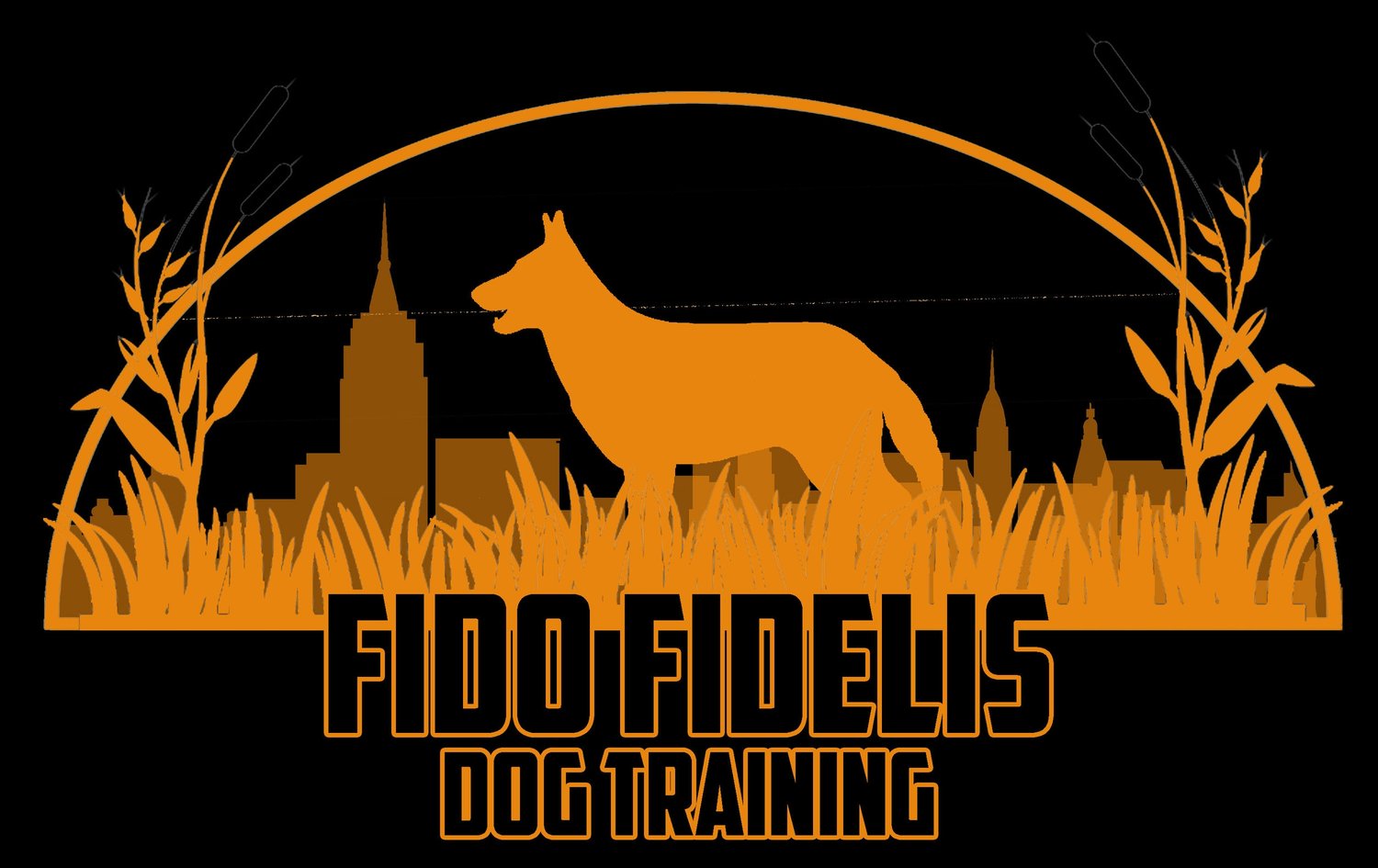Prong collars and e-collars, also known as shock collars, are two types of tools that are often used in dog training. However, there is often controversy surrounding their use, with some people believing that they are inhumane and harmful to dogs. In this blog post, we'll explore why prong collars and e-collars can be humane tools when used properly.
Prong Collars
Prong collars are collars that have a series of metal prongs that rest against a dog's neck. When a dog pulls or exhibits unwanted behavior, the prongs create pressure against the dog's neck, which can be uncomfortable or unpleasant. However, when a dog exhibits good behavior, the pressure is released, providing a clear indication to the dog of what is expected of them.
Why Prong Collars Can Be Humane Tools:
Minimal risk of injury: Prong collars are designed to distribute pressure evenly around a dog's neck, reducing the risk of injury or harm.
Clear communication: Prong collars provide clear communication to dogs about what is expected of them. When the dog exhibits unwanted behavior, the collar creates pressure that is released when the dog stops exhibiting that behavior.
Increased safety: For some dogs, a prong collar can be a safer option than other types of collars, as it provides greater control over the dog's movements and reduces the risk of them pulling away and getting injured.
Quick results: Prong collars can often lead to quicker results than other types of training methods, as the clear communication provided by the collar helps dogs to understand what is expected of them.
E-Collars
E-collars are collars that deliver an electric shock to a dog when a button on a remote control is pressed. However, it's important to note that the level of shock can be adjusted and can be set to a level that is not painful or harmful to the dog.
Why E-Collars Can Be Humane Tools:
Customizable settings: The level of shock delivered by an e-collar can be customized to fit the individual dog's needs and temperament. This ensures that the level of shock is not painful or harmful to the dog.
Clear communication: E-collars provide clear communication to dogs about what is expected of them. When the dog exhibits unwanted behavior, the collar delivers a shock that is stopped when the dog stops exhibiting that behavior.
Increased safety: E-collars can be a safer option for dogs in some situations, such as off-leash training or recall training, as they provide greater control over the dog's movements.
Quick results: E-collars can often lead to quicker results than other types of training methods, as the clear communication provided by the collar helps dogs to understand what is expected of them.
Conclusion
Prong collars and e-collars can be humane tools when used properly. They provide clear communication, increased safety in certain situations, and can lead to quick results. However, it's important to remember that these tools should always be used responsibly and with care to ensure that they do not cause unnecessary stress to the dog. Additionally, these tools should always be used as a part of a larger training plan that also incorporates positive reinforcement and other training methods to create a well-rounded and effective training program.
